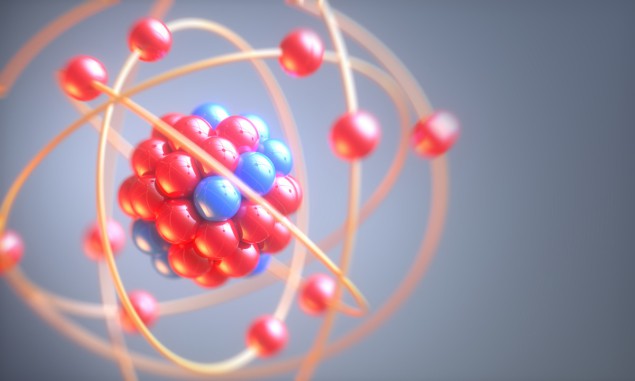
A new timekeeper based on trapped strontium atoms accumulates an error of just 48 ps over 34 days of operation – making it 10 times more reliable than current caesium time standards. This new record for performance has been set by physicists in the US and Germany, who used a silicon cavity and a diode laser to back-up the time signal generated by the atoms.
The current international time standard is Coordinated Universal Time (UTC), which combines the signals of hundreds of caesium atomic clocks worldwide. These clocks operate in the microwave region of the electromagnetic spectrum (at 9 GHz) and this relatively low frequency means that they are less accurate than atomic clocks that operate at optical frequencies of around 500 THz.
Optical clocks have not been more widely adopted because they tend to have “dead times” when a time signal cannot be obtained. This dead time degrades the long-term stability of the clock signal, making it impractical for use as a time standard. This can be overcome by converting the optical signal to a microwave signal, which is used to set the frequency of a hydrogen maser. The maser then delivers a steady time signal during clock dead times. This is not ideal, however, because the maser’s microwave signal is inherently less accurate than the original optical signal.
Stabilized laser
A better solution would be to use an optical laser instead of a maser. But until now, the challenge has been to build a laser that remains stable for long enough to stand-in for the optical clock. In 2012 researchers at NIST and the University of Colorado – both in Boulder – and the PTB standards lab in Braunschweig stabilized the frequency of a diode laser for about 100 s by locking it to a silicon optical cavity that is cooled to a chilly 120 K.
This was not quite good enough, but now the team has made several improvements to the system that extend the laser’s stability. These improvements include using super-polished optical lenses, active control of the laser power and better thermal control of the system.
The team used the stable laser in conjunction with an optical clock comprising a 1D lattice of trapped strontium-87 atoms. They created a timekeeper with an accumulated error of just 48 ps in 34 days, which is about ten-times better than the best caesium clocks used at metrology centres worldwide. What is more, the team is not finished improving the system and could achieve another factor-of-ten improvement.
Redefinition of time
“I think this new time scale demonstration will be very important for the redefinition of time in the future,” said project leader Jun Ye, who is at NIST and the University of Colorado.

Optical lattice clock shatters precision record
The new timekeeper could have a wide range of other applications including improving the timing in radio-telescope arrays, which currently use hydrogen masers, and boosting the accuracy of global positioning systems. An array of timekeepers at different locations could even be used to detect the tiny gravitational effects of dark matter passing through the Earth.
The research is described in Physical Review Letters.
- Hamish Johnston speaks to Jun Ye about his work on optical clocks in this episode of the Physics World Weekly podcast.



